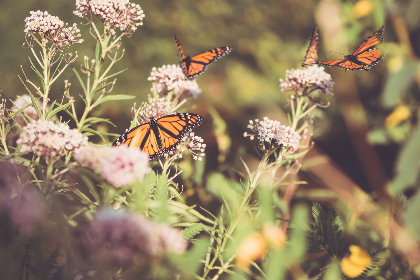In the dawn of human civilization, our ancestors were nomadic, relying on hunting and gathering for sustenance. However, as communities settled into agricultural lifestyles, the concept of cultivating plants took root. The earliest evidence of intentional plant cultivation dates back to around 10,000 BCE in the Fertile Crescent, a region encompassing parts of modern-day Iraq, Syria, Lebanon, Israel, and Jordan. Wheat and barley were among the first domesticated crops, heralding the beginning of agriculture.
The ancient Egyptians, with their advanced understanding of irrigation and agricultural techniques, further cultivated the art of gardening. The Nile River, a life-giving force, facilitated the growth of crops, and the Egyptians developed intricate methods to control water flow for optimal cultivation. Gardens became integral to Egyptian life, featuring not only practical crops but also ornamental plants. The famous Hanging Gardens of Babylon, one of the Seven Wonders of the Ancient World, exemplified the grandeur and creativity of ancient horticulture.
As civilizations flourished, so did the exchange of plant species. The Silk Road, a network of trade routes connecting the East and West, played a pivotal role in the global diffusion of plants. Exotic flora from distant lands found their way into gardens, introducing diversity and beauty. Chinese gardens, renowned for their harmony with nature, showcased the meticulous arrangement of plants, rocks, and water elements. The Silk Road facilitated the transfer of Chinese horticultural knowledge to the Mediterranean, influencing garden design in ancient Rome and Greece.
In medieval Europe, monastic gardens emerged as centers of both practical and spiritual cultivation. Monks cultivated medicinal herbs and aromatic plants, contributing to the development of herbalism. The layout of these gardens often reflected a connection between the divine and the earthly, with symbolic representations embedded in plant arrangements. The medieval cloister gardens, enclosed by walls and adorned with fragrant herbs, served as havens for contemplation and solace.
During the Renaissance, a revival of interest in classical knowledge and aesthetics sparked a renaissance in gardening. Italian Renaissance gardens, such as those designed by Leonardo da Vinci and Niccolò Machiavelli, emphasized symmetry, proportion, and the integration of art with nature. These principles spread across Europe, influencing the design of royal gardens in France and England. The Palace of Versailles, with its expansive gardens designed by André Le Nôtre, epitomized the grandeur and formality of Baroque garden design.
The exploration and colonization of the Americas in the 15th and 16th centuries further enriched global horticulture. The Columbian Exchange facilitated the exchange of crops between the Old World and the New World, transforming agricultural landscapes on both continents. Potatoes, tomatoes, corn, and various other plants became essential components of diverse cuisines, forever altering the agricultural tapestry.
The 18th and 19th centuries witnessed the emergence of botanical gardens, institutions dedicated to the scientific study and conservation of plant species. These gardens became repositories of biodiversity, serving as living museums that showcased the wonders of the plant kingdom. Pioneering botanists like Carl Linnaeus and Joseph Banks played crucial roles in the establishment and development of botanical gardens, contributing to our understanding of plant taxonomy and biology.
In the 20th century, gardening evolved from a practical necessity to a leisurely pursuit, as urbanization and technological advancements changed the way we interact with our surroundings. Community gardens sprouted in response to the challenges of urban living, fostering a sense of community and sustainability. The organic gardening movement gained momentum, emphasizing natural methods of cultivation and environmental stewardship.
Today, the backyard garden stands as a microcosm of this rich history, a testament to the enduring human connection with the land. Whether we cultivate ancient heirloom varieties or experiment with innovative hybrids, our gardens are living reflections of the diverse and interconnected roots that have shaped our agricultural practices and horticultural traditions. As we plant and harvest in our backyard sanctuaries, we partake in a timeless dialogue with the past, nurturing the ancient roots that continue to flourish in the present day.



